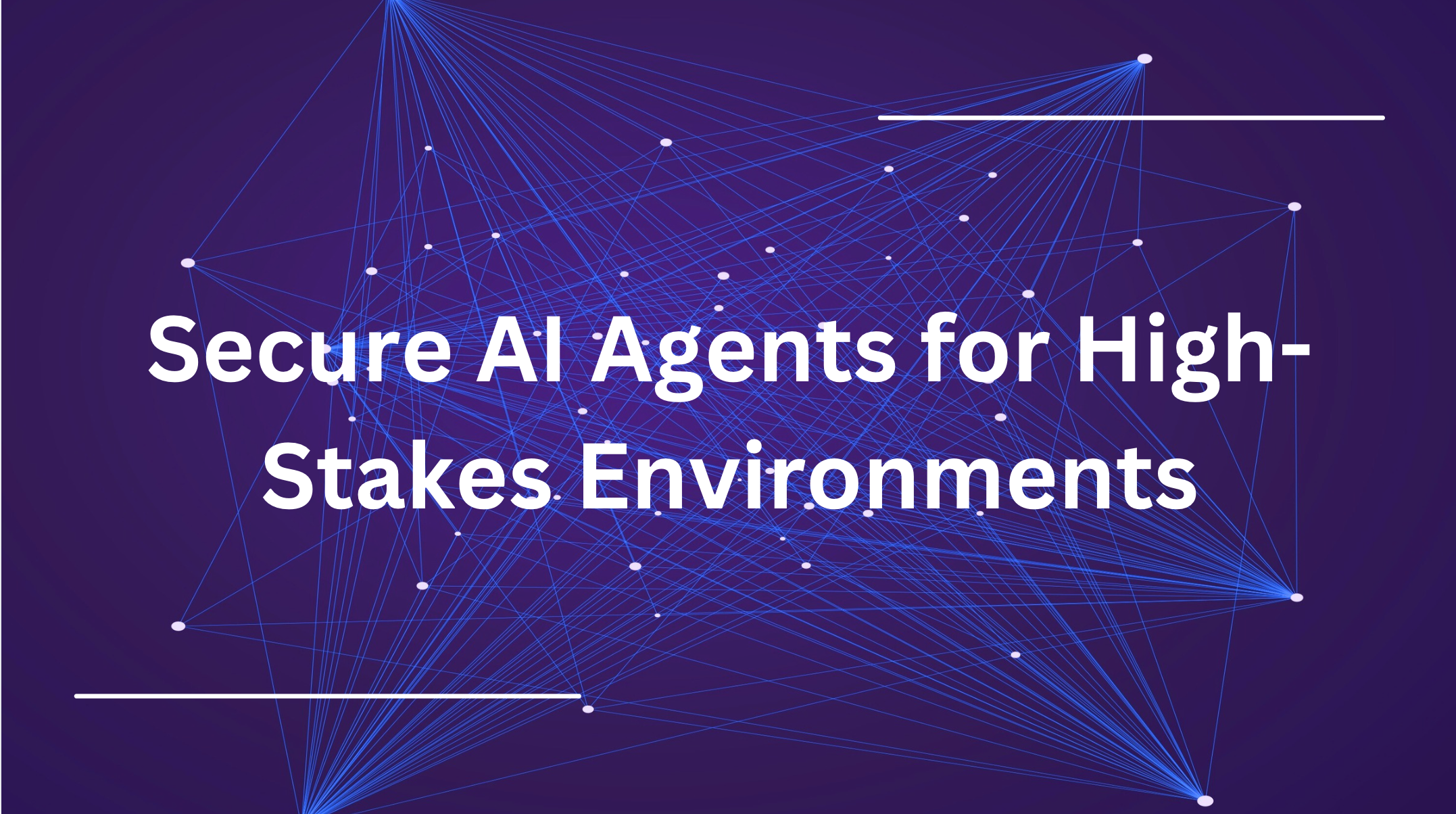Introduction
Predictive maintenance is a powerful strategy for optimizing the performance of industrial equipment and reducing downtime. By using data and machine learning algorithms, businesses can predict when maintenance is needed and schedule it before failure occurs. This allows them to avoid unexpected outages and maintain a high level of productivity.
Business Pain Points
Traditional maintenance strategies are often reactive, meaning they are only performed after equipment has failed. This can result in unplanned downtime, which can be costly and disruptive to business operations. In addition, scheduled maintenance can be time-consuming and costly, as it requires equipment to be taken offline during regular working hours.
AI Solution
Predictive maintenance uses data and machine learning algorithms to predict when equipment is likely to fail. This allows businesses to schedule maintenance at a convenient time, before failure occurs. This can significantly reduce downtime and improve productivity. In addition, predictive maintenance can reduce the need for scheduled maintenance, as it allows for a more targeted and efficient approach.
Benefits
The benefits of predictive maintenance are numerous. By reducing downtime, businesses can maintain a high level of productivity and avoid the costs associated with unplanned outages. In addition, predictive maintenance can reduce the need for scheduled maintenance, resulting in lower costs and less disruption to business operations. Overall, predictive maintenance is a powerful tool for optimizing the performance of industrial equipment and improving business performance.









